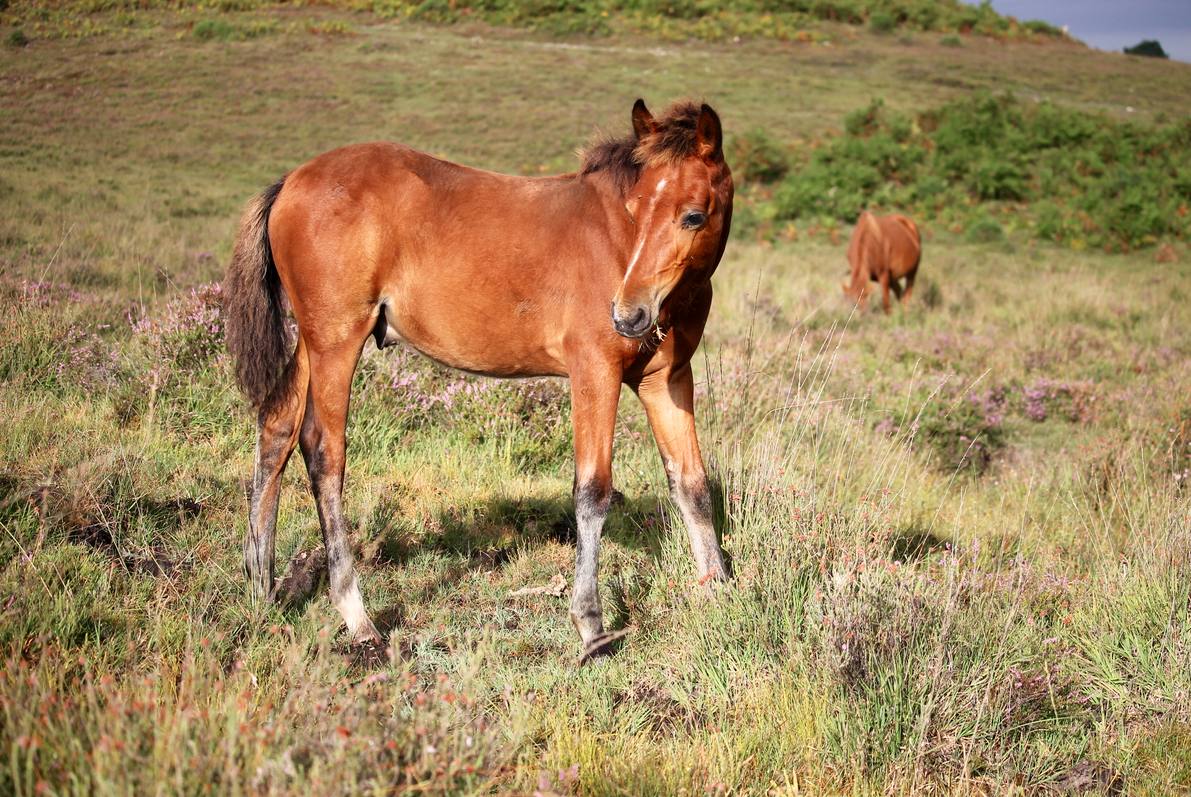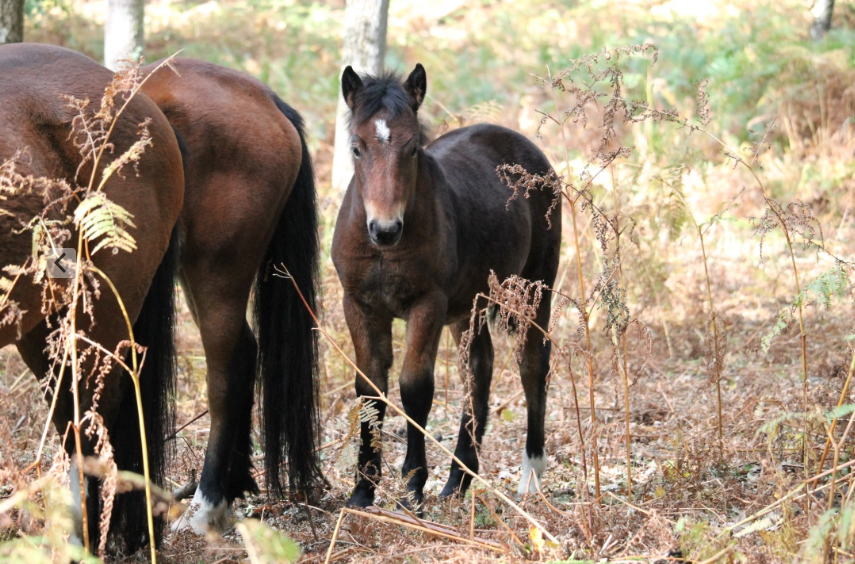
Being registered with the Breed Society marks an important milestone in the life of a New Forest foal.
Pure bred, forest born, New Forest foals are an important asset to the New Forest’s ecology, culture and economy. This week has therefore marked an important milestone in my commoning career to date, as I have registered my foals with the New Forest Pony Breeding & Cattle Society (NFPB&CS). The first society for the improvement of New Forest ponies was set up in 1891 to run a stallion show, followed in 1905 by the Burley and District NF Pony Breeding and Cattle Society who started the Stud Book and the Breed Show. In 1937 the Society for the Improvement of New Forest Ponies merged with the Burley and District NF Pony Breeding and Cattle Society producing the official Breed Society that today maintains and updates the New Forest Pony Stud Book.
NFPB&CS registration
A pony is eligible for pedigree registration with the Society only if both its sire and dam are included in the New Forest Stud Book and it complies with the conditions that are set out in the Society Rules. The former condition was not a problem for my foals, as both sets of parents are registered with the NFPB&CS. The latter condition meant producing the correct details on an application form and submitting appropriate identification details to the NFPB&CS. The identification form includes a written description accompanied by a sketch, which details distinguishing features. The features are identifiers, such as a star, blaze, or snip, on the face; socks or stockings on the legs; and, whorls on the neck, head and body. The ID sketch must be completed to an acceptable standard by a Society-approved identifier. Luckily, one of my commoning friends has been sketching foals for a while and came with me to complete the identification details for mine.
Hide and seek with camouflaged foals
On a beautifully clear, but bitterly cold, day my friend and I went foal finding. We were able to find most of the foals that we were looking for but one of mine was proving particularly elusive. It was the last foal we needed to find, typically. Eventually after hours of searching, by transecting the territory her band were known to frequent, a curious little foal’s head popped up out of a patch of bracken, in which she was perfectly camouflaged, and we found her. The paperwork was completed quickly as the temperatures plummeted. With all the identification sketches drawn we decided to retreat to the warmth of my friend’s holding to complete the application forms.
How now brown cow?
As we approached the holding there at the field gate was a large brown cow. It was the last of the cattle my friend had depastured in the Forest and, with all the other cows that had come in previously happily enclosed in the field, the solitary cow was wanting to join them. We had to laugh. While some animals take a lot of looking-for others just come and find you. We didn’t need to herd the cow into the field, as she was so keen to join her friends she just wandered in when the gate was opened. We celebrated our success with a well-earned mug of tea in front of the fire.

Pure bred, forest born, New Forest foals are an important asset to the ecology, culture and economy of the New Forest.


You must be logged in to post a comment.